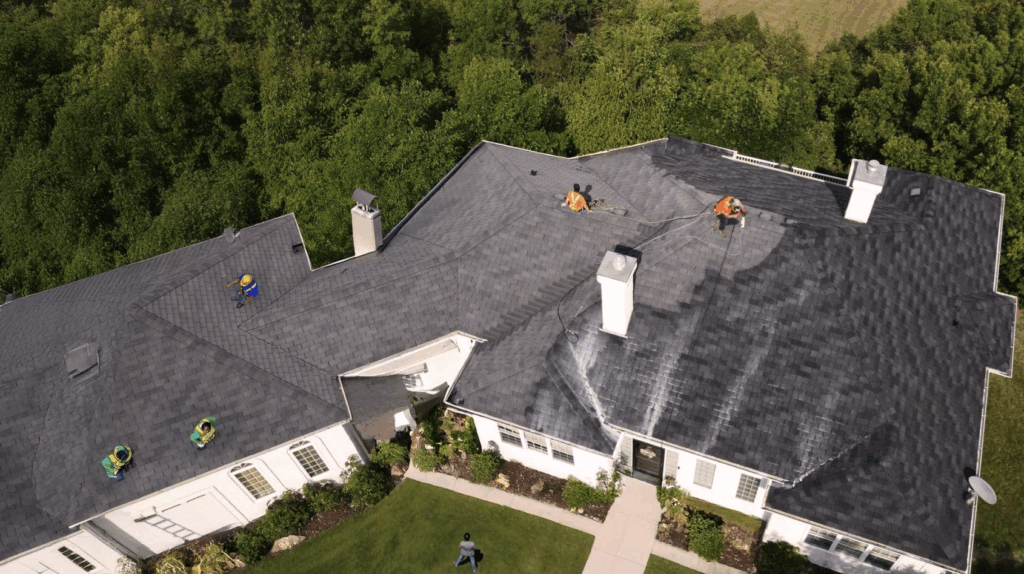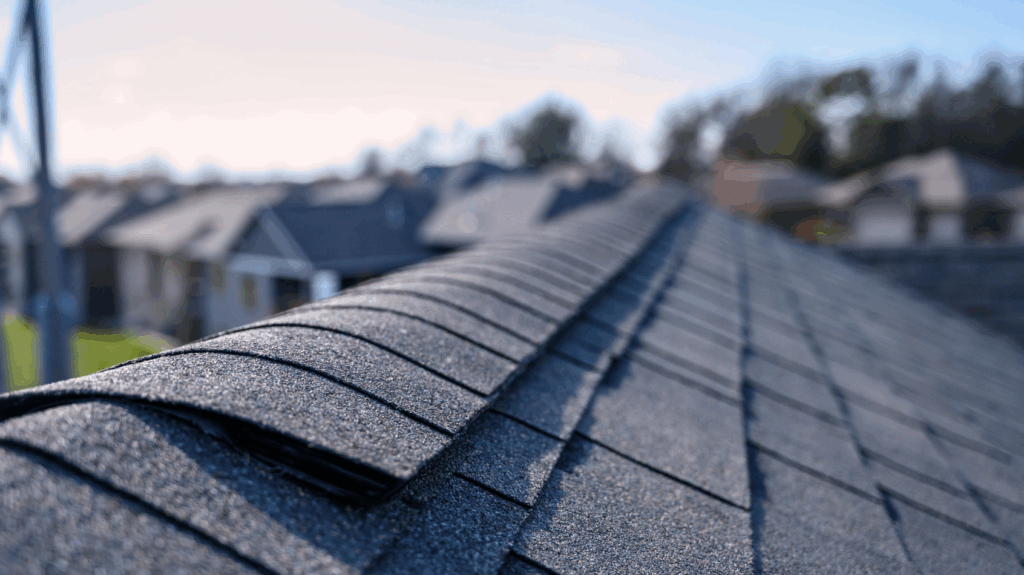When it comes to maintaining your roof, replacement can feel like a big, costly decision. But there’s an alternative that many homeowners overlook: roof rejuvenation.
This cost-effective service can extend the life of your roof without the price tag of a full replacement.
I’ve personally had my roof rejuvenated a few years ago, and it made a world of difference in terms of both cost and appearance.
In this blog, I’ll break down how much roof rejuvenation really costs, what affects the price, and the benefits of rejuvenating over replacing.
I’ll also compare rejuvenation to a full replacement so you can see which option might be right for you.
By the end, you’ll have a clear picture of what to expect and how to make the best decision for your home and budget.
Understanding Roof Rejuvenation
Roof rejuvenation is a process designed to restore and extend the life of your roof without the need for a full replacement.
Unlike traditional roof repairs or replacements, which can be expensive and time-consuming, rejuvenation is a more affordable and quicker solution.
The process typically involves cleaning, sealing, and performing minor repairs.
The goal is to protect the roof from further damage, improve its appearance, and increase its lifespan.
In some cases, rejuvenation can even help prevent leaks and boost your roof’s energy efficiency. Many homeowners choose rejuvenation over replacement because it costs significantly less, especially if your roof is still in decent shape.
If your roof isn’t too old or severely damaged, rejuvenation can add several more years to its life, saving you the hassle and expense of a full replacement.
Average Roof Rejuvenation Costs

Roof rejuvenation offers a budget-friendly alternative to full roof replacement.
On average, homeowners can expect to pay between $2,000 and $4,000 for rejuvenating a 2,000-square-foot asphalt shingle roof.
In contrast, replacing the same roof can cost between $8,000 and $15,000, depending on factors like roof size, material, and complexity .
Rejuvenation is particularly cost-effective for asphalt shingle roofs, which typically last 15–30 years.
By opting for rejuvenation, you can extend your roof’s lifespan without the hefty price tag of a full replacement.
Factors Influencing Roof Rejuvenation Costs
Understanding these factors can help you get a more accurate estimate and make an informed decision. These are the key elements that influence the cost of roof rejuvenation:
1. Roof Size and Pitch
The size of your roof plays a major role in the cost of rejuvenation. Larger roofs require more materials and labor, which means higher costs.
Additionally, the pitch or steepness of your roof can affect the difficulty of the job. Steeper roofs are more challenging to work on, which could add to the overall price.
To get a more accurate estimate, measure the square footage of your roof and consider how steep the slope is.
2. Roof Material and Age
Different roof materials come with different price tags. For example, asphalt shingle roofs are usually the most affordable to rejuvenate, while tile or metal roofs may cost more due to the specialized treatments they require.
The age of your roof is also important; older roofs may need more attention and could require additional services, which can raise costs.
If your roof is nearing the end of its lifespan, rejuvenation might not be the best option.
3. Local Labor Rates and Accessibility
Labor rates vary depending on where you live. In areas with a higher cost of living or a shortage of qualified contractors, prices may be higher.
The accessibility of your roof also plays a role; if your home is in a difficult-to-reach area or if special equipment is needed to access the roof, the labor cost may increase.
To get an accurate estimate, reach out to local contractors for quotes specific to your area.
4. Condition of the Roof
The overall condition of your roof will heavily influence the cost of rejuvenation.
If your roof has extensive damage or wear, it may need minor repairs before rejuvenation can take place. For example, cracked shingles, leaks, or missing flashing will need to be fixed, which can add to the cost.
It’s important to have your roof inspected to determine if any repairs are necessary before starting the rejuvenation process.
5. Additional Treatments or Repairs Required
In some cases, rejuvenation services may include more than just sealing and cleaning. If your roof needs additional treatments, like moss removal or coating for extra protection, these will add to the cost.
Similarly, if repairs to gutters or ventilation are necessary, those will be factored into the total price. Always ask for a detailed estimate that outlines the services provided, so you’re clear on what’s included.
Roof Rejuvenation vs. Full Replacement
Roof rejuvenation is a more affordable option, but full replacement might be necessary for roofs that are severely damaged or beyond repair.
| Factor | Roof Rejuvenation | Full Roof Replacement |
|---|---|---|
| Cost | Typically $2,000 – $4,000 for a 2,000 sq. ft. roof | Typically $8,000 – $15,000 for a 2,000 sq. ft. roof |
| Lifespan Extension | Adds 5-10 years to roof lifespan | A new roof lasts 20-30 years |
| Process | Cleaning, sealing, and minor repairs | Removal of old roof, installation of new materials |
| Time | Completed in 1-2 days | Takes 1-2 weeks |
| Best For | Roofs are in good to fair condition | Roofs with extensive damage or wear |
| Pros | Affordable, quick, eco-friendly, extends roof life | Long-lasting, improves home value, and requires no maintenance for years |
| Cons | It may not be effective for severely damaged roofs | High upfront cost, potential for construction mess, and disruption |
| Long-Term Benefits | Cost-effective for extending roof life without full replacement | Provides peace of mind with a brand new roof, no more immediate repairs needed |
How Often Should You Consider Roof Rejuvenation?
Roof rejuvenation is recommended every 3–5 years, depending on the material and condition.
Asphalt shingles typically benefit from rejuvenation every 3–4 years, while tile or metal roofs can last longer.
To determine if your roof needs rejuvenation, inspect it for visible damage, discoloration, or debris buildup. If you notice granule loss or signs of wear, it’s time for rejuvenation.
Regular cleaning, clearing gutters, and trimming overhanging branches are essential for maintaining your roof.
Proactive maintenance and periodic professional inspections can extend your roof’s lifespan and prevent costly replacements.
Conclusion
Roof rejuvenation is a cost-effective and time-saving option for many homeowners looking to extend the life of their roof without the hefty cost of a full replacement.
It can add 5–10 years to the life of your roof, saving you money in the long run.
While costs typically range from $2,000 to $4,000, it’s important to consider your roof’s condition and material before making a decision.
I suggest having a professional assessment to determine if rejuvenation is the best option for your home.
A roofing expert can offer a clearer understanding of your roof’s condition and provide an accurate estimate. Don’t wait until problems become expensive fixes; contact a local roof expert today for a consultation or estimate.
Taking action now can save you money and hassle in the future!

